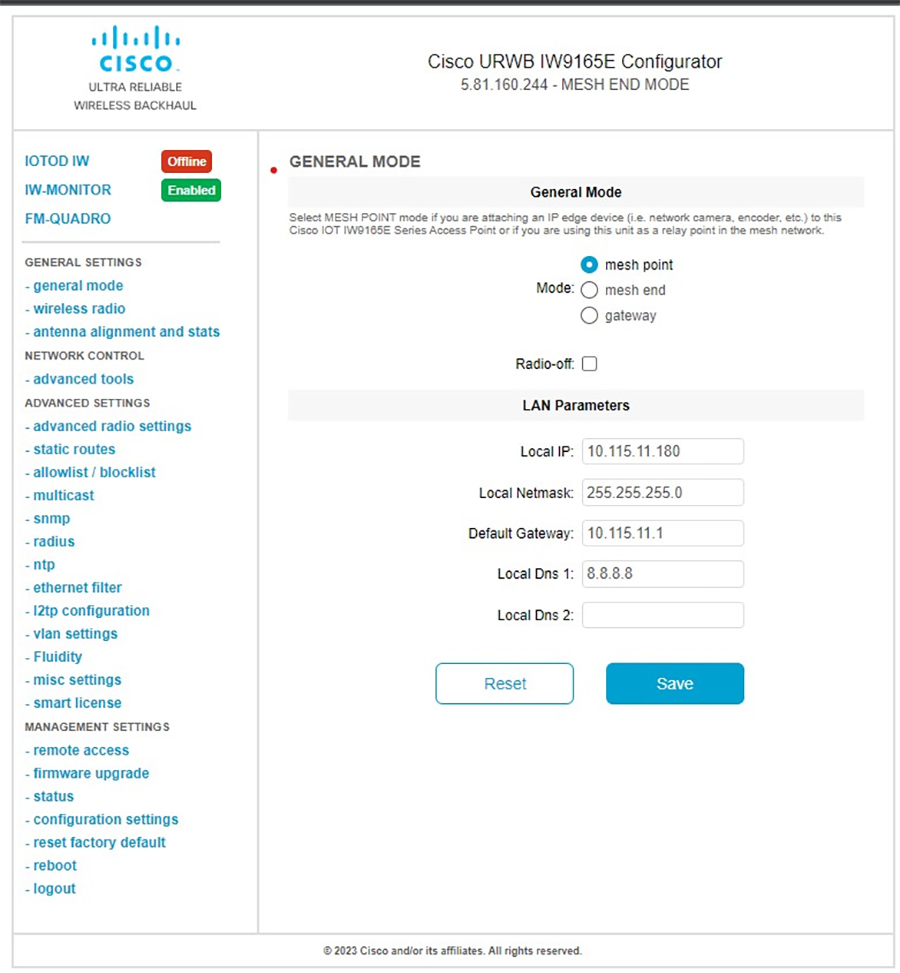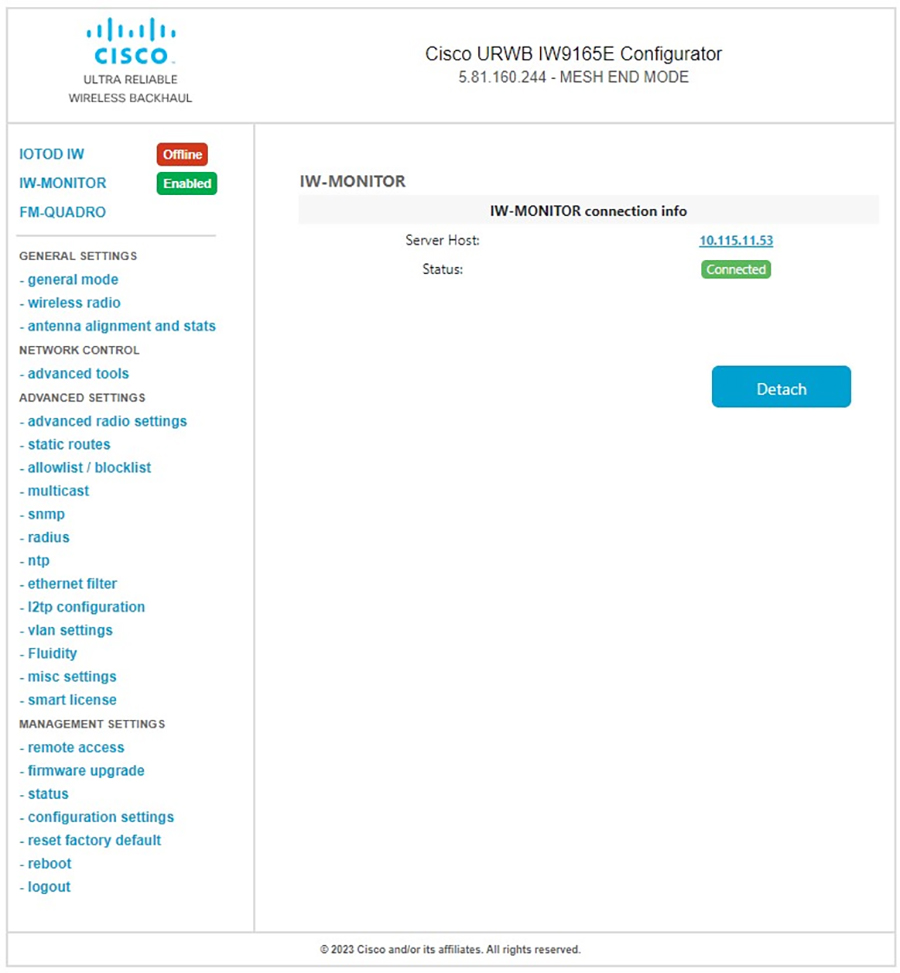Fluidity Colouring enables wayside or outside devices (Fluidity infrastructure devices) to be given certain colour codes to
enhance or drive the handoff process and with the standard configuration handoff decision is made based on RSSI (Received
Signal Strength Indication).
Typical use case: When a train is travelling one side of the track in one direction (metro line with single tunnel for both track directions)
and does not need to connect to the Access Point located on the opposite side of the tunnel, so mark the access point on each
side with a different colour to prevent occasional handovers to infrastructure units on the opposite track.
Fluidity Coloring Logic
The following image explains the Fluidity coloring logic and painter is a key role for wayside or outside device (Fluidity
infrastructure device):
 The process of Fluidity coloring as follows:
The process of Fluidity coloring as follows:
-
According to the colour code, painter notifies the Fluidity vehicle device which Fluidity infrastructure devices are suitable
for the handoff.
-
The Fluidity vehicle device ignores the colour settings and continues to use the standard handoff mechanism (based on RSSI
level) until it detects a painter.
-
The moment the Fluidity vehicle device completes the handoff on a Fluidity infrastructure device with the painter configuration,
it starts only considering Fluidity infrastructure devices with the same colour code or other painters Fluidity infrastructure
devices.
-
Multiple Fluidity infrastructure devices acting as painters are allowed.
The following table explains the Fluidity color role and its corresponding options:
Table 1. Fluidity Coloring Role
|
Fluidity Coloring Role
|
Options
|
|
Wayside painter (Fluidity infstrastructure device)
|
Only one color code can be assigned to a Fluidity infstrastructure device configured as a painter
|
|
Wayside standard (Fluidity infstrastructure device)
|
A non-painter Fluidity infstrastructure device can be configured with multiple color codes
|
|
Fluidity vehicle
|
Only one color can be assigned to Fluidity vehicle device
|
Configuring Fluidity Coloring using CLI
To configure a fluidity color mode, use the following CLI command:Device# configure fluidity color mode
Disabled: disable coloring
Enabled: enable coloring
Device# configure fluidity color value
WORD quoted list of colors from 1 to 7 or "p X" for painter (e.g. "1 2 6","4", "p 1"). "clear" to reset
Example (painter):Device# configure fluidity color mode enabled
Device# configure fluidity color value "p 1"
Device# write
Device# reload
Example (non-painter):Device# configure fluidity color mode enabled
Device# configure fluidity color value "3 4 5"
Device# write
Devie# reload
Example (clear):Device# configure fluidity color value clear
Device# write
Device# reload
Verifying Fluidity Coloring using CLI
To verify a fluidity color mode, use the following CLI command:Device# #show fluidity config
Example (painter):Device# show fluidity config
...
Color: enabled, current: p 1
...
Example (non-painter):Device# show fluidity config
...
Color: enabled, current: 3 4 5
...
Example (clear):Device# show fluidity config
...
Color: enabled, current: 0
...
Configuring Fluidity Coloring RSSI Threshold
The Fluidity vehicle device temporarily ignore the Fluidity colouring settings if there is a coverage hole and the current
RSSI is less than the configured RSSI threshold. In this case, the Fluidity vehicle device keep it's Fluidity colouring settings
and ignores them until it receives a handoff from a Fluidity infrastructure device that has the current colour code. The Fluidity
vehicle device reset it's Fluidity colouring settings to the default value (no colour) after four consecutive handoffs on
a Fluidity infrastructure device with colour codes different from the present value.
Configuring Fluidity Coloring RSSI Threshold using CLI
Device# configure fluidity color rssi-threshold
<0-96> COLOR_RSSI_THRESHOLD
Example:
Device# configure fluidity color rssi-threshold 55
Device# write
Device# reload
Verifying Fluidity Coloring RSSI Threshold using CLI
Device# show fluidity config
Example:
Device# show fluidity config
...
Color: enabled, current: 0
Color min RSSI threshold: 55




 Feedback
Feedback